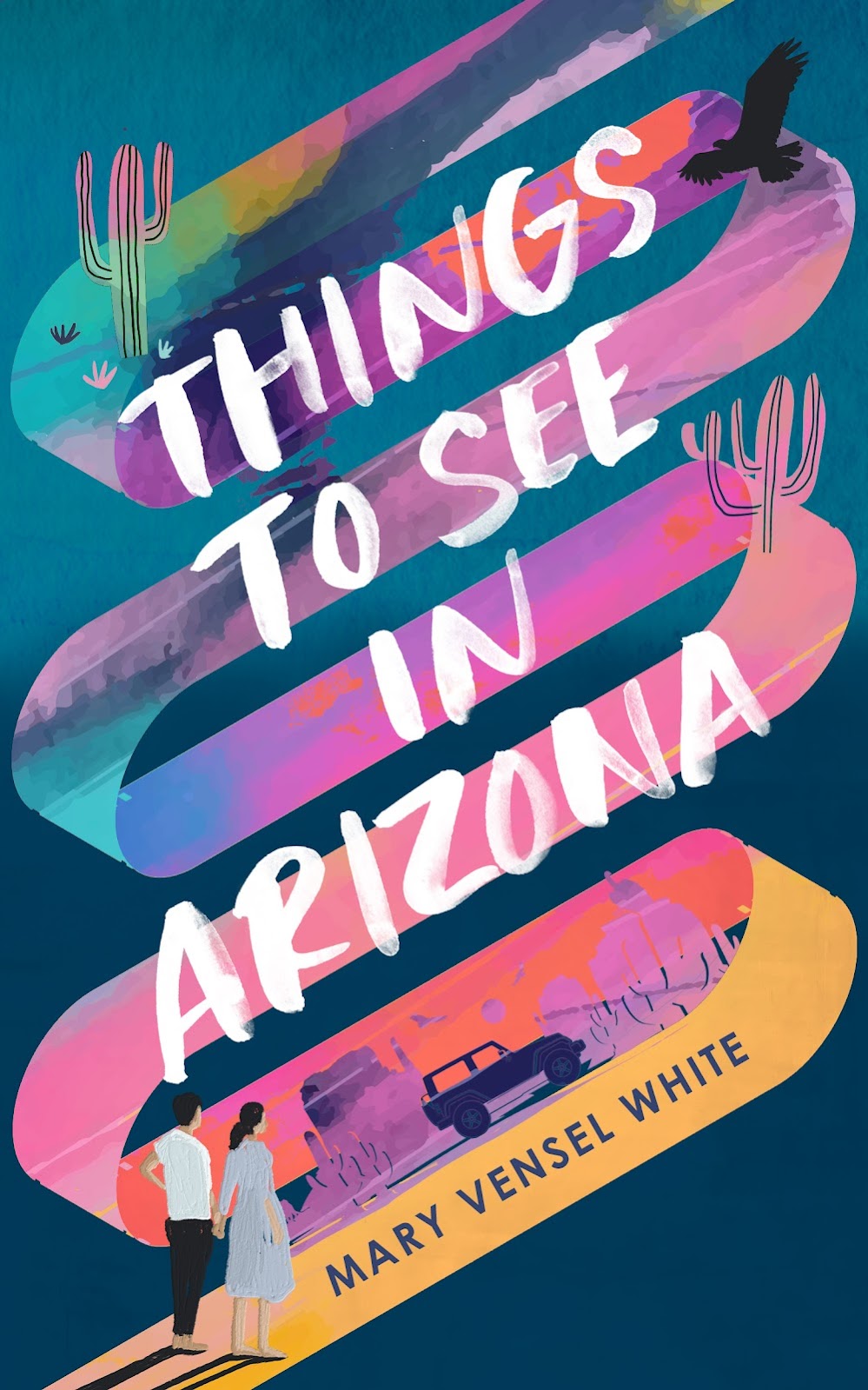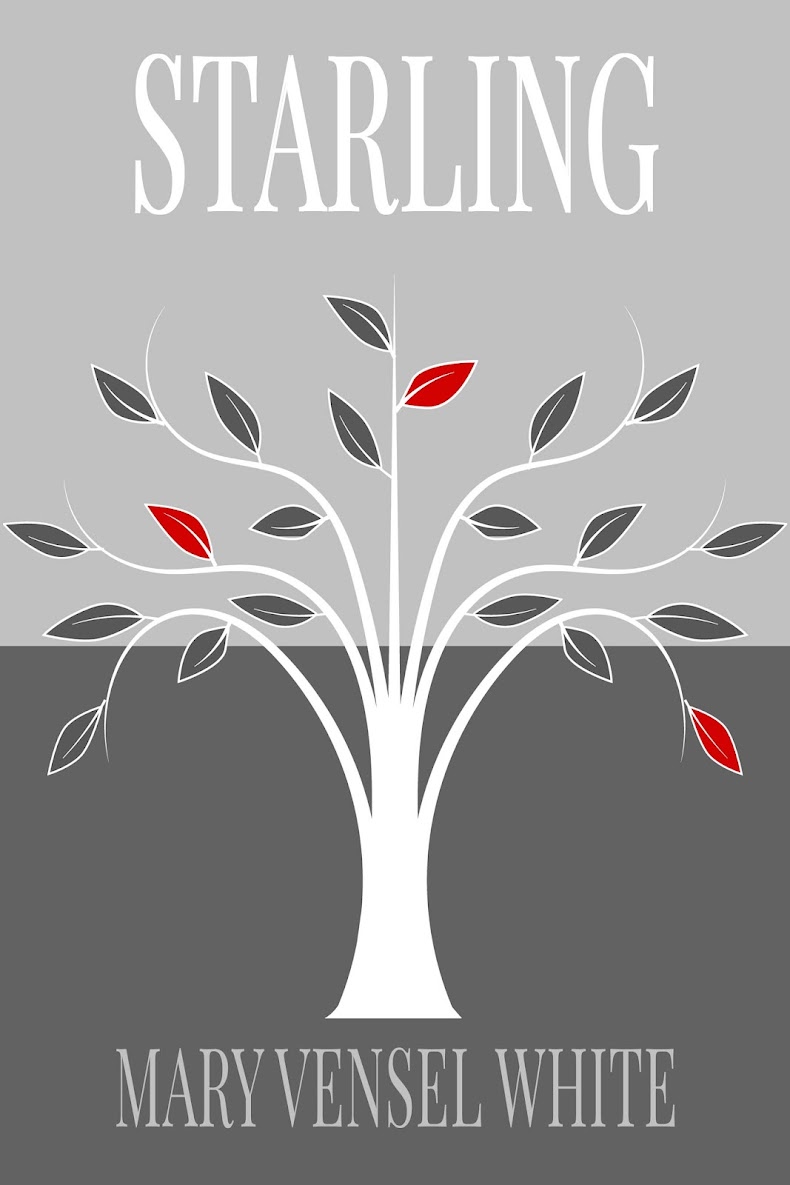“To be remembered is next to being loved” –Emily Dickinson
Often, we'll call books in a range of genres “love letters” to a place. Whether it’s memoir, poetry, fiction, or even travel writing, this term is used to describe writing that pays homage, fondly, to a specific point on the globe.
And what is the best expression of love, if not being remembered, as so aptly expressed by perhaps one of our most sentimental poets, Ms. Dickinson. Places from our past can leave indelible impressions, especially when they were shared with the people and events that have shaped us. I wrote about my grandmother’s house once, and how—if I close my eyes—I can picture every detail of her house as if I was there last week. The proportions of the rooms, many of the details of things like carpet and cupboards and lamps, the quiet and fragrant stillness.
If remembering was a sport, perhaps Sarah M. Broom would be an Olympian. The Yellow House is her detailed, comprehensive love letter to the home where she spent her childhood. She remembers and remembers and remembers—every hiding place in the house, the “medium-size hole in the floorboard (of a bathroom) that will eventually become a large hole letting in more sound and outside creatures,” the smells, the holiday decorations: “gold garland around the door trim; shiny red paper on the front door, which served the dual purpose of keeping the draft out and hiding its ugly tan color.” We see the house through Broom’s eyes as she grows from childhood to adulthood, the magic along with the state of disrepair stemming from Hurricane Betsy, which made landfall forty years before Katrina.
“The plumbing was never right. We had buckets underneath the kitchen sink catching dishwater. The kitchen cabinets had big holes that led to the outside. Mom plugged those holes with foil after hearing somewhere that rates couldn’t chew through. And still they did.”
So the house is the thing, and in the introduction, she lets the reader know the significance of those four walls.
“Before it was the Yellow House, the only house I knew, it was a green house, the house my eleven siblings knew. The facts of the world before me inform, give shape and context to my own life. The Yellow House was witness to our lives. When it fell down, something in me burst.”
But Broom’s remembering isn’t confined to this building and its details. She remembers all who lived in it. She describes each of her siblings and their manner of speaking and dress. Throughout the memoir, she reaches for understanding and recollections of her father, who died when she was a baby. Often, she shares family photographs and describes what they are reflecting—things we can see, and things we can’t. She remembers events outside the walls of the Yellow House; this family history spans back one hundred years and takes into account the changes afoot in New Orleans, America, the world. As I said, it’s very comprehensive and at times, this avalanche of details feels heavy for the reader. But there's a lulling reverence to it as well, a power. In an interview for The Atlantic, Broom talked about the difficulties she had with publishers, because of this inclusiveness of topics and the breadth of memories:
“’The main complaint was that I needed to choose,’ … ‘that I was either going to write a book about New Orleans or a book about my family, but not both—which was so confounding to me that I couldn’t even process it.’"
Broom’s memories start with the house, and everything is tied to it. How do we order memory, or separate, cleanly, one thing from another? For the author, place and people and events intertwine and stay that way.
“I thought then and still think now: when a person dies in a place they become the place and nothing is ever the same again.”
Of course, Hurricane Katrina was for Broom’s family—as it was for many—a seismic, devastating event. The Yellow House is destroyed, and the family spreads out. Just as Broom’s mother, Ivory Mae, scraped and fought to keep “the only house I ever knew,” the author returns after Katrina and tries to get some reimbursement for the house, the ruins of which were hauled away without notice by the city.
My Summer of Houses reading
project concludes with this gorgeous and accomplished memoir, which deserves every bit of the
National Book Award it received. It’s a book that certainly presents a
memorable and notable house, one that looms at the center of this author's story. The Yellow House is a a touching expression of love, an examination of the ways
places can reach our very depths, clinging like vines on a wall, and surrounding
everything.














